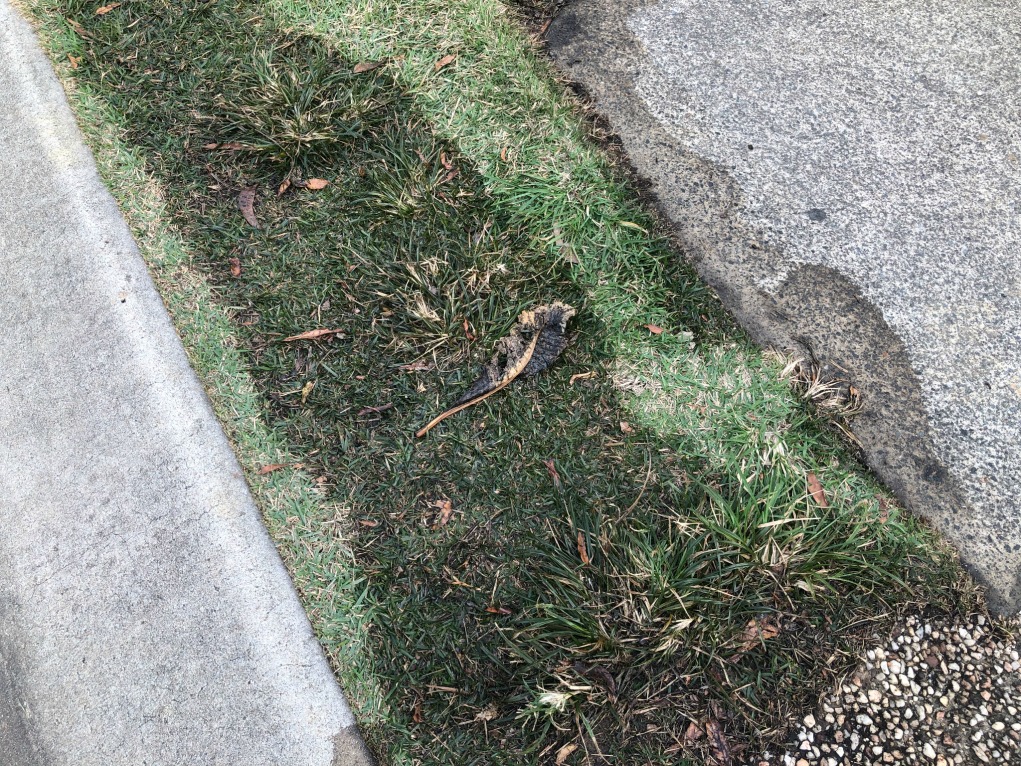This article which follows pertaining to Leaking water lines is really informative. Read on and draw your own personal final thoughts.

Early detection of leaking water lines can mitigate a potential disaster. Some small water leakages might not be noticeable.
1. Check Out the Water Meter
Every house has a water meter. Checking it is a surefire manner in which assists you uncover leaks. For starters, switch off all the water sources. Guarantee no one will flush, utilize the faucet, shower, run the cleaning equipment or dish washer. From there, most likely to the meter and watch if it will certainly transform. Since no one is utilizing it, there ought to be no movements. That indicates a fast-moving leak if it moves. Furthermore, if you identify no changes, wait a hr or more and examine back once again. This implies you may have a sluggish leakage that can also be underground.
2. Check Water Intake
Examine your water expenses as well as track your water usage. As the one paying it, you should notice if there are any kind of inconsistencies. If you find sudden changes, despite your consumption coinciding, it means that you have leakages in your plumbing system. Bear in mind, your water costs ought to drop under the very same variety on a monthly basis. An abrupt spike in your bill suggests a fast-moving leakage.
On the other hand, a consistent increase on a monthly basis, despite the same routines, shows you have a slow leakage that's also slowly rising. Call a plumber to completely examine your building, particularly if you really feel a cozy area on your floor with piping below.
3. Do a Food Coloring Examination
When it comes to water usage, 30% comes from bathrooms. If the color in some way infiltrates your bowl during that time without flushing, there's a leak between the storage tank as well as bowl.
4. Asses Exterior Lines
Don't neglect to check your outdoor water lines as well. Test spigots by connecting a yard pipe. Needs to water seep out of the connection, you have a loose rubber gasket. Replace this and also make sure all connections are tight. If you've got a lawn sprinkler, it will assist get it professionally analyzed and maintained annually. One tiny leak can throw away lots of water as well as surge your water expense.
5. Check and also Examine the Situation
Home owners ought to make it a behavior to check under the sink counters and also inside cupboards for any type of bad odor or mold development. These two red flags show a leak so punctual interest is required. Doing regular assessments, even bi-annually, can conserve you from a major issue.
Inspect for stainings and also compromising as a lot of home appliances and pipelines have a life expectancy. If you presume dripping water lines in your plumbing system, do not wait for it to rise.
Early discovery of dripping water lines can mitigate a prospective catastrophe. Some small water leakages might not be noticeable. Checking it is a surefire way that assists you uncover leakages. One little leakage can waste loads of water as well as surge your water costs.
If you suspect leaking water lines in your plumbing system, don't wait for it to escalate.
How to Know If Your Home Has a Hidden Leak
Water Meter Reveals Inexplicable Water Usage
If you’d like to test whether or not there’s a leak somewhere in your home, you can do this using your water meter. Here is how to conduct the test:
Don’t use any water in your home for at least 30 minutes; this also means not turning on faucets or water-using appliances.
Go outside, and check your water meter for activity.
If your water meter shows that there was activity, even though no one was using any water, this proves that there is a leak in your home.Visible Mold or Mildew Growth
Leaks behind walls create moist, dark environments that allow mold and mildew to grow and thrive. Eventually, you might see mold growth forming on the wall closest to a hidden leak.
If mold is growing in an area that receives a high amount of moisture, such as a bathroom, it may simply be an indication that better ventilation is needed. However, if you see mold growth on a wall or the ceiling in an area where you would not expect, you probably have a hidden leak.
Musty, Mildew Odor
Sometimes you might not be able to see the mold or mildew that is growing as a result of a leak. However, the smell can give the problem away just as easily. If you catch a whiff of something musty, there’s a good chance that old water is collecting somewhere in your home that you can’t see.
Stained/Warped Walls, Ceilings, or Floors
When your home soaks up water, a variety of red flags can become visible, including ceiling stains, bubbling drywall, warped walls, and sagging floors. While these issues can be caused by excess humidity, they can also be signs that a pipe or plumbing connection has started leaking behind your walls.
Inexplicably High Water Bill
After a while, you get a general sense for what your water bill should be. If you own a pool or sprinkler system, your bill will tend to be higher during summer. However, if you receive a water bill that seems especially high, and you can’t figure out what caused it, then you may have a hidden leak somewhere that’s increasing your bill.
https://www.plumbingjoint.com/blog/2019/july/how-to-know-if-your-home-has-a-hidden-leak/

As a serious person who reads about Detecting hidden plumbing leaks, I thought sharing that editorial was beneficial. Enjoyed reading our content? Please share it. Let somebody else find it. Kudos for your time. Please stop by our site back soon.